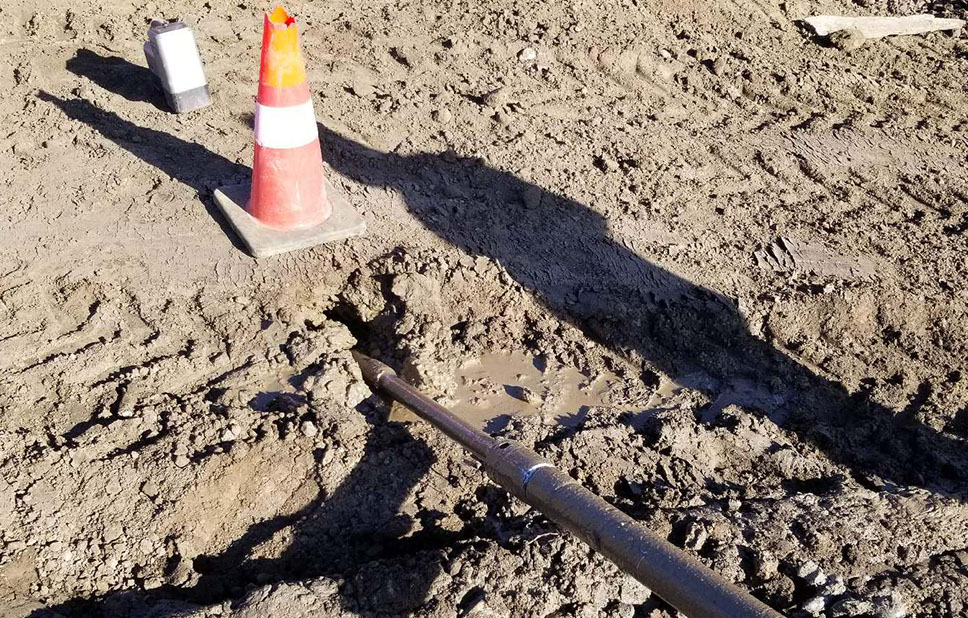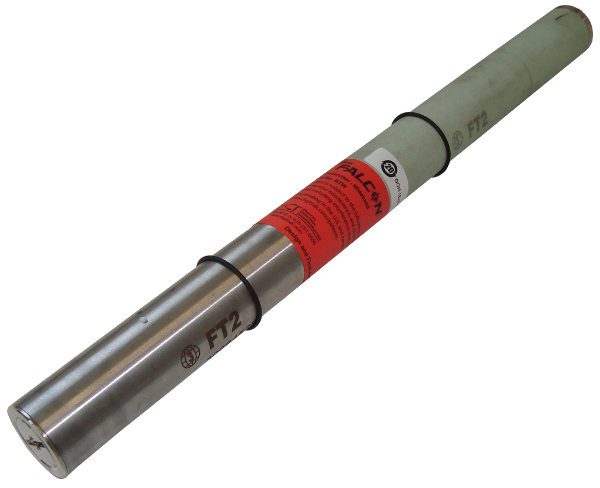

The standard system generally has two frequencies with better depth and communication range, while advanced systems have four or five frequencies, excellent depth and communication range, plus other specialty features such as data logging, interference rejection and other advanced features. The basic system typically has a single frequency with modest depth and communication range. Locating systems manufacturers typically offer three groups of systems: basic, standard and advanced. Yet many of the industry’s most active HDD consultants are often not fully aware of the technical differences between various types of guidance systems. It’s critical for HDD contractors to select a guidance system that will perform best given the variations of specific bores. Yet, the distinctions between the various locating systems have blurred somewhat, especially for walkover units, due largely to technology improvements developed by locating system manufacturers since locating systems were first introduced.

“Knowing precisely where a drill bit is located and where it is heading is the foundation for HDD’s success.”Īs the world’s underground utility infrastructure has grown and become more crowded, documentation and accurate mapping of the location of individual water, sewer, gas and electrical lines has become even more critical.
#DIRECTIONAL DRILLING LOCATING VERIFICATION#
“The development of a surface verification method was the catalyst for HDD’s amazing growth,” says John English, founder and president of Horizontal Technology, based in Hockley, TX. Simply stated, without locators, there would be no directional in HDD and absent locating systems, HDD would simply not exist today.

Since drill operators cannot see the position or heading of the tooling, without the assistance of locating systems a drill operator could only hope the machine’s tooling will reach the intended target destination accurately. HDD, in fact, owes part of its name and much of its distinction, to locating equipment. The ability of the operator to successfully navigate the planned drill path by knowing precisely where the drill bit is located – and where it is heading – is made possible by locators. There’s no doubt that the success of any underground installation project depends on critical information provided drill operators by locating systems.


 0 kommentar(er)
0 kommentar(er)
